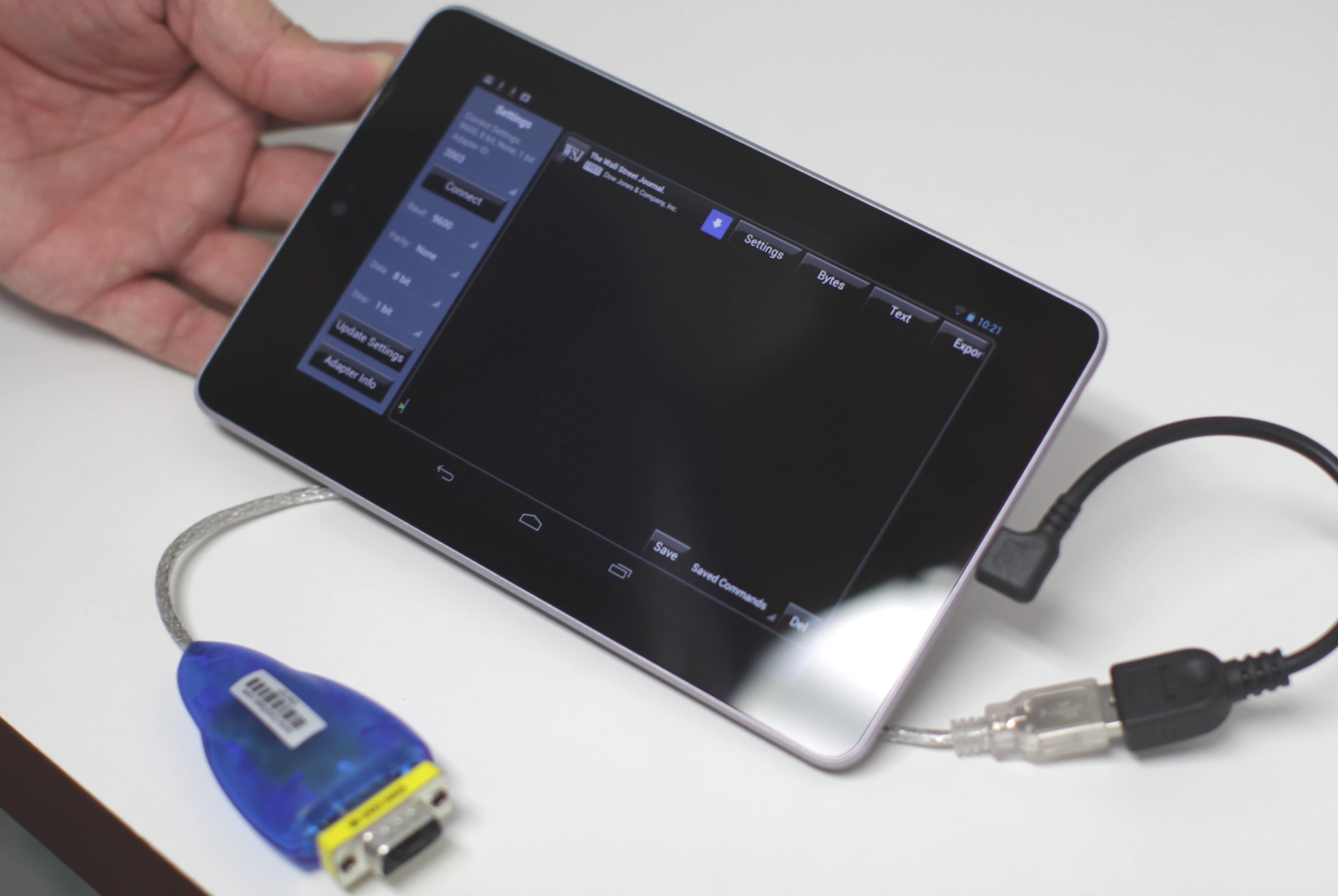
Understanding USB Ethernet on Android Tablets
Using a USB Ethernet connection on an Android tablet can significantly improve your online experience. Unlike Wi-Fi, which can suffer from signal drops and interference, a wired Ethernet connection offers stability and speed. This is particularly beneficial for streaming, online gaming, and large downloads.
What is USB Ethernet?
A USB Ethernet adapter connects your Android tablet to a wired Ethernet network. Acting as a bridge between your tablet's USB port and the Ethernet cable, it allows your tablet to function as if directly connected to the internet via Ethernet.
Benefits of USB Ethernet
- Stable and Fast Internet Connection: Ethernet connections are generally faster and more stable than Wi-Fi, making them ideal for activities requiring consistent speeds.
- Lower Latency: Wired connections typically have lower latency, crucial for real-time applications like video conferencing or online gaming.
- Reliable Network: Ethernet connections are less susceptible to interference from other devices, ensuring a more reliable online experience.
Requirements for Using USB Ethernet on Android Tablets
To use USB Ethernet on your Android tablet, certain requirements must be met:
- Android Version: Your tablet should run Android 6.0 (Marshmallow) or later.
- USB OTG Support: Ensure your tablet supports USB On-The-Go (OTG). Check this by looking at your tablet's specifications or using an OTG checker app from the Google Play Store.
- USB Ethernet Adapter: Get a USB Ethernet adapter compatible with Android. Popular brands include Anker, TP-Link, and UGREEN.
- Driver Support: Some adapters require specific drivers. Check if your adapter is driver-free or if the manufacturer provides an Android-compatible driver.
- Power Supply: Using a USB Ethernet adapter might drain your tablet's battery faster. Consider using a powered USB hub to keep your tablet charged while connected.
- Tablet Ports: Ensure your tablet has the correct port type, such as USB-C or Micro-USB. Use appropriate adapters if necessary.
Steps to Set Up USB Ethernet
Setting up USB Ethernet on your Android tablet is straightforward once you have all the necessary components and have checked for compatibility.
Step-by-Step Guide
-
Check Compatibility:
- Ensure your Android tablet supports USB Ethernet adapters. Look up your device's specs online or check the manufacturer's website.
- If your tablet has a USB-C port, you'll need a USB-C-to-Ethernet adapter. For older models with Micro-USB ports, you'll need a Micro-USB-to-Ethernet adapter.
-
Get a USB Ethernet Adapter:
- Purchase a USB-to-Ethernet adapter that is compatible with Android. Popular brands like Anker, TP-Link, and UGREEN often work well.
- Make sure the adapter supports plug-and-play functionality for ease of use.
-
Connect the Adapter:
- Plug the USB end of the adapter into your tablet's USB port.
- If you're using a powered USB hub, connect it to a power source and then plug the USB end of the adapter into the hub.
-
Connect Ethernet Cable:
- Plug one end of an Ethernet cable into the adapter's Ethernet port.
- Connect the other end of the Ethernet cable to your router or modem.
-
Enable USB Tethering (Optional):
- If you're using a USB tethering feature, go to Settings > Network & Internet > Hotspot & tethering. Toggle on USB tethering.
-
Check Connection:
- Open a browser or any app requiring internet to confirm that it's working.
- If it does, you're all set. If not, restart your tablet, check connections, or try a different adapter.
Troubleshooting Tips
If you encounter issues during setup or after connecting, here are some troubleshooting tips:
-
Restart Your Tablet:
- Sometimes, simply restarting your tablet can resolve connectivity issues.
-
Check Connections:
- Ensure that all cables are securely connected to both the adapter and the router/modem.
-
Use a Different Adapter:
- If one adapter doesn't work, try another one from a different brand or model.
-
Update Drivers (If Necessary):
- If your adapter requires specific drivers, check the manufacturer's website for any updates or software patches.
-
Use a Powered USB Hub:
- If your tablet's battery is draining quickly while using the USB Ethernet adapter, consider using a powered USB hub to keep it charged.
Benefits of Using USB Ethernet on Android Tablets
Using USB Ethernet on your Android tablet offers several benefits:
-
Stable Internet Connection:
- Unlike Wi-Fi, which can be prone to signal drops and interference, Ethernet provides a stable connection that ensures consistent speeds and lower latency.
-
Improved Performance for Streaming and Gaming:
- For activities like streaming high-definition videos or engaging in online gaming, a wired Ethernet connection is ideal due to its faster speeds and lower latency.
-
Reliable Network:
- Ethernet connections are less susceptible to interference from other devices, ensuring a more reliable online experience.
-
Enhanced Security:
- Wired connections are generally more secure than wireless connections as they are less vulnerable to hacking and eavesdropping.
-
Future-Proofing:
- Higher category Ethernet cables (like Cat6 or Cat7) offer better performance and future-proofing for faster internet speeds as they become available.
Using a USB Ethernet adapter on your Android tablet can significantly improve your online experience by providing a stable and fast internet connection. By following the steps outlined above and ensuring that your device meets the necessary requirements, you can enjoy seamless streaming, faster downloads, and more reliable online gaming without worrying about Wi-Fi signal drops or interference. Whether you're a gamer, a streamer, or simply someone who needs a reliable internet connection for work or entertainment, setting up USB Ethernet on your Android tablet is a straightforward process that can make a significant difference in your daily usage.
